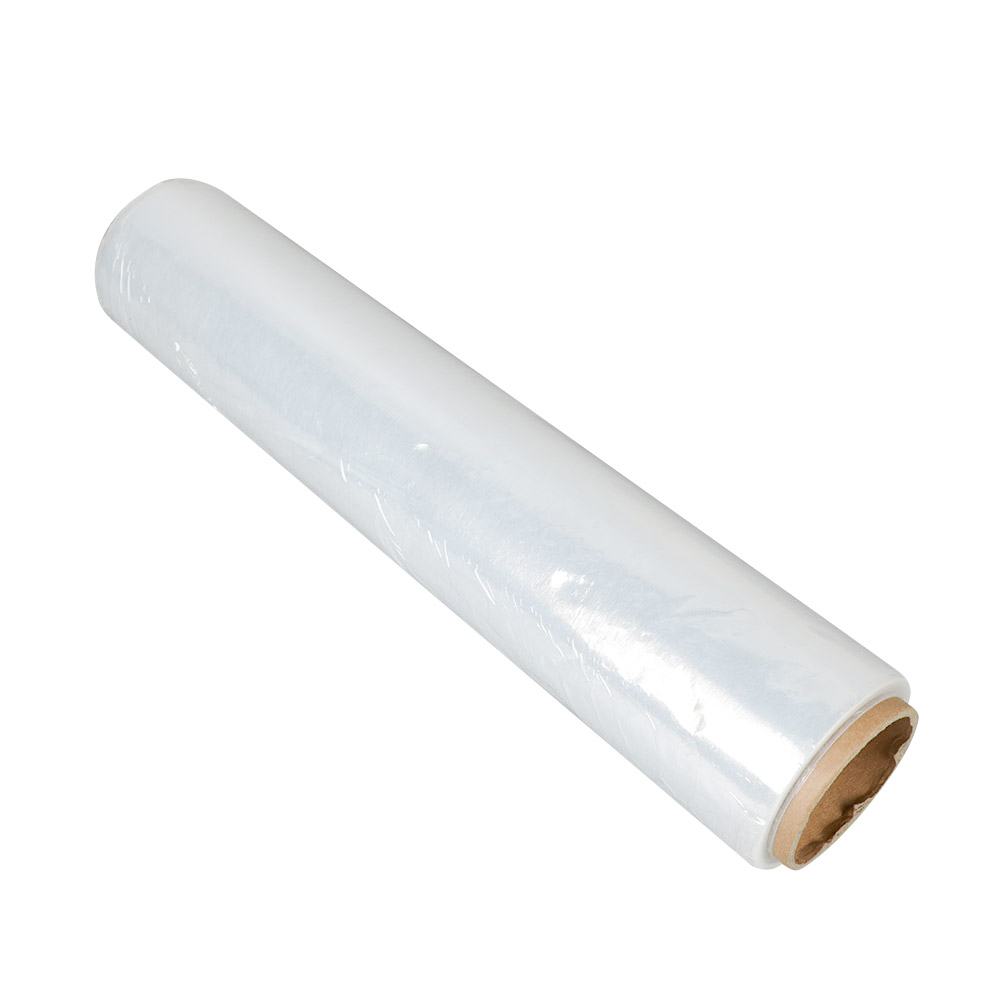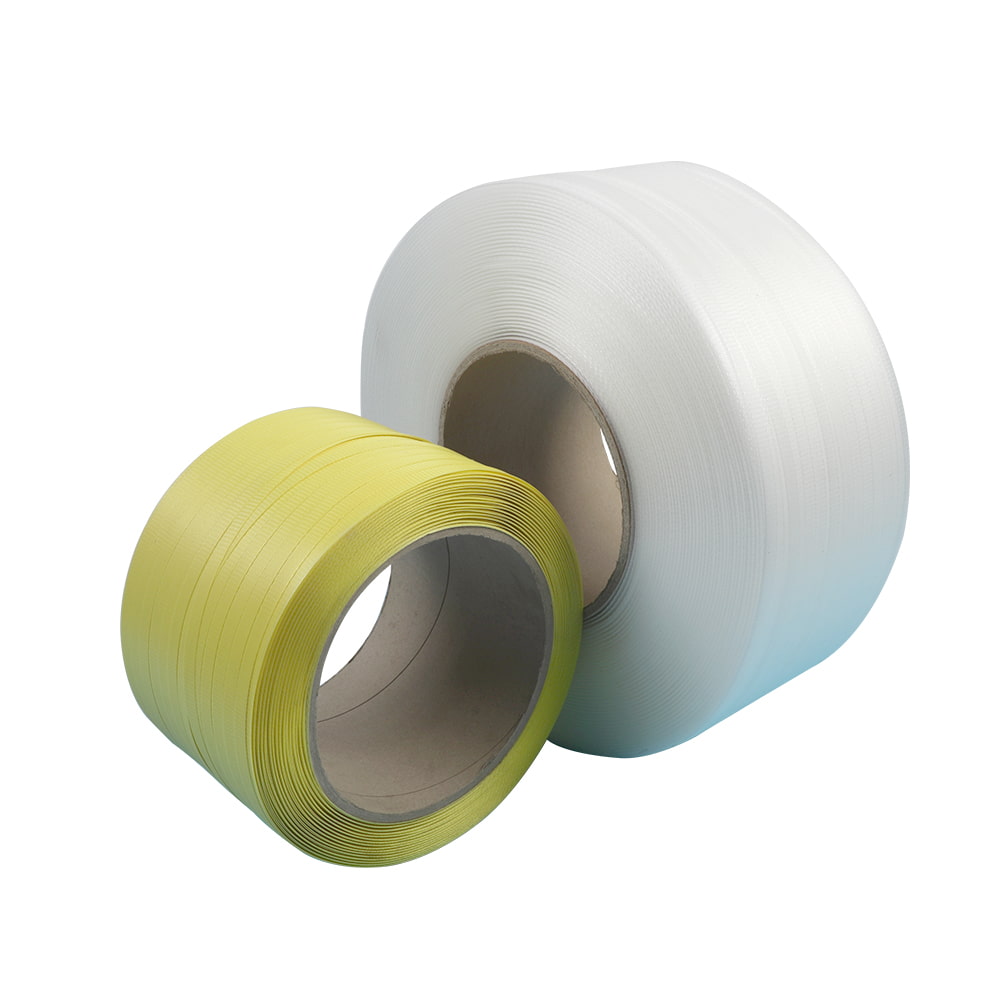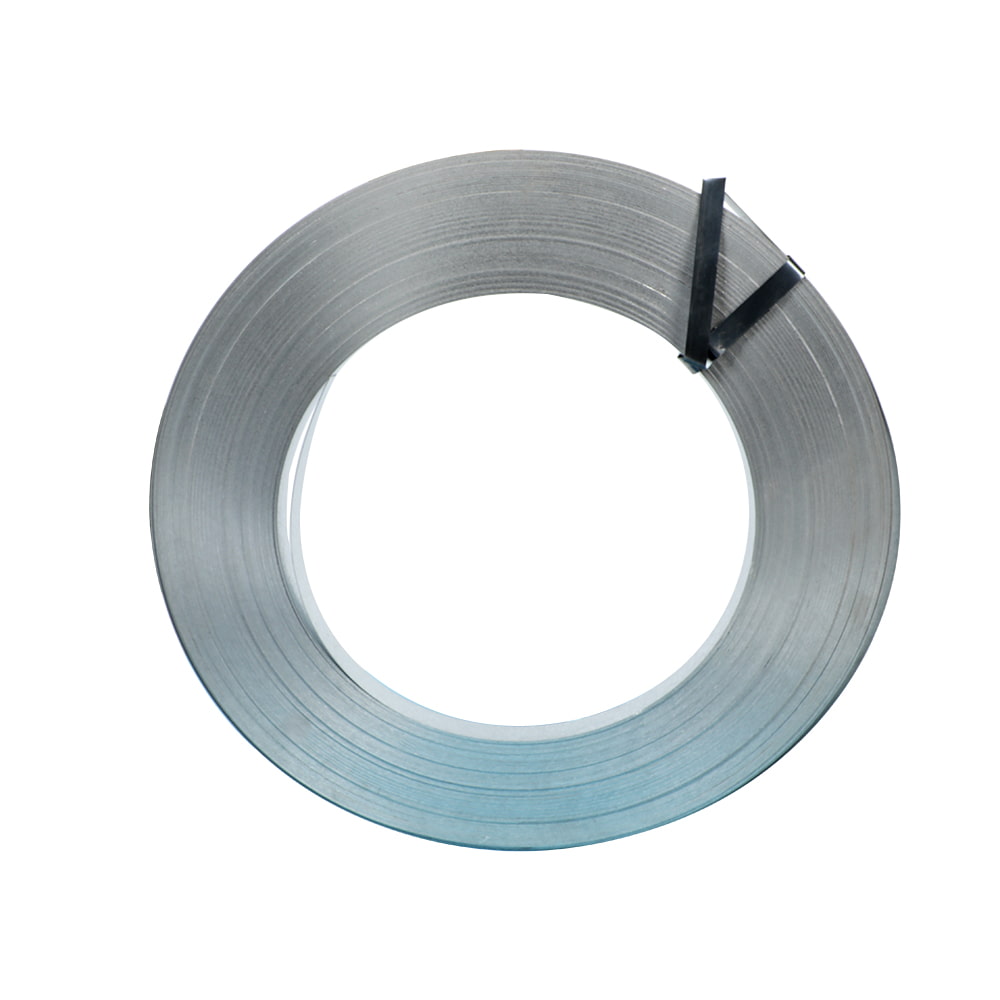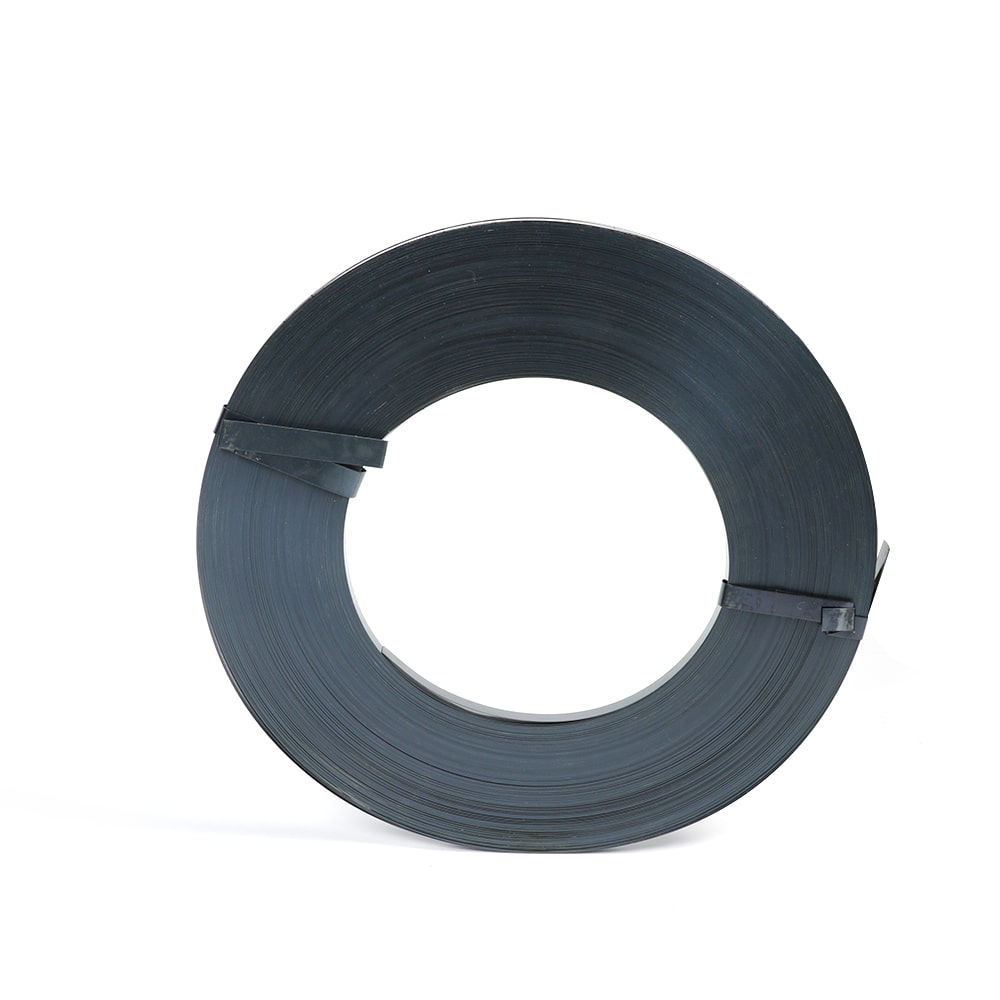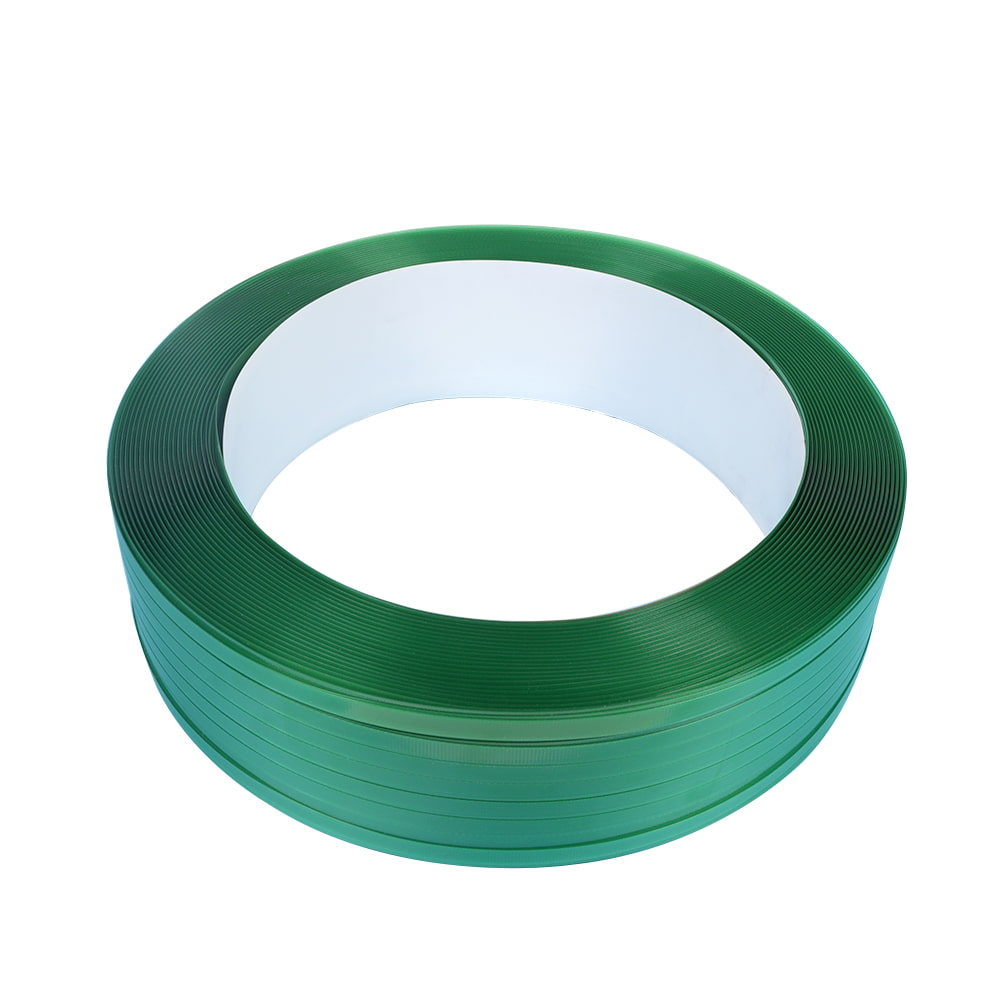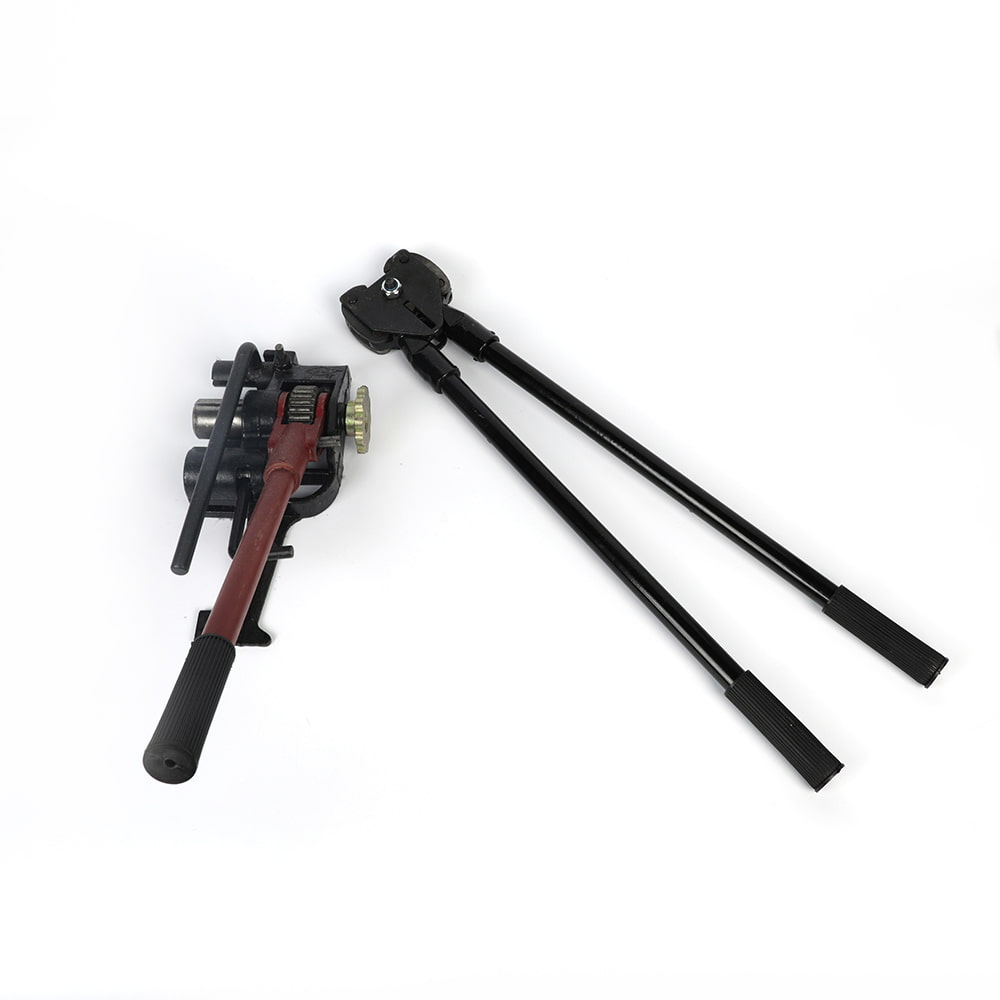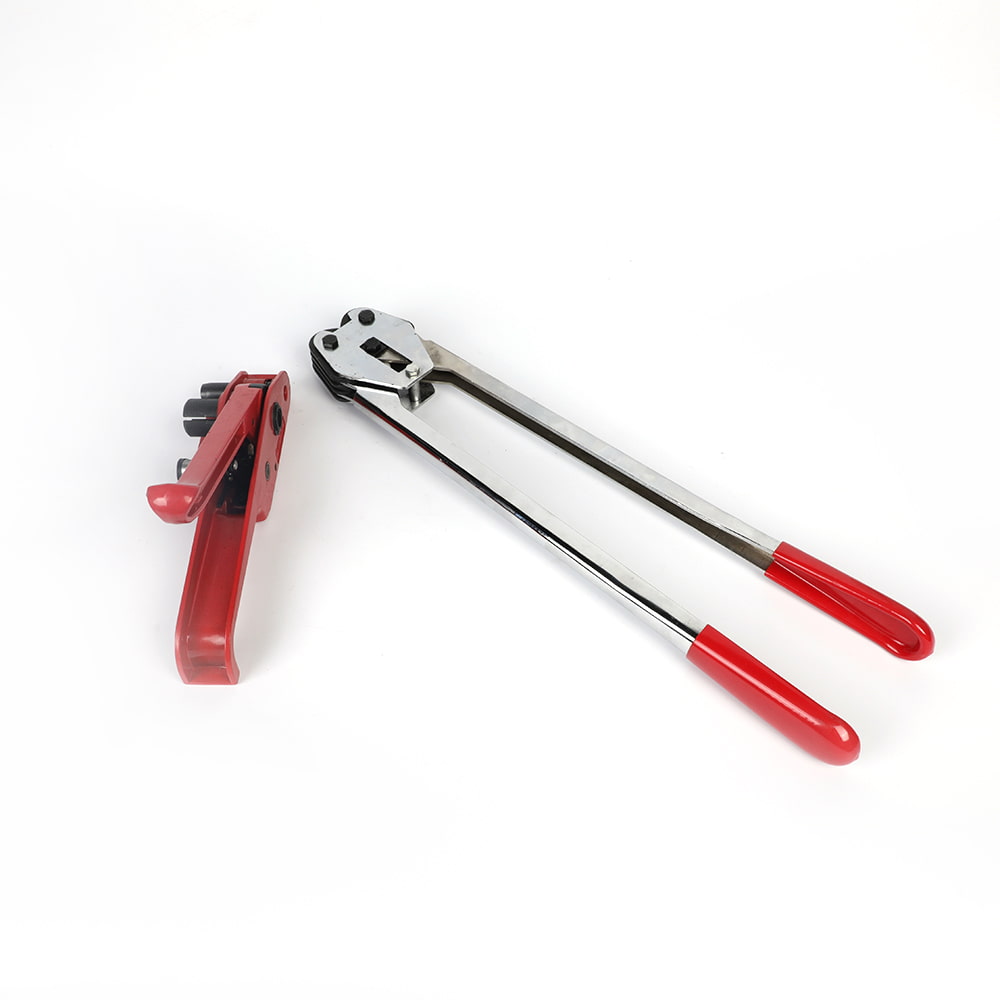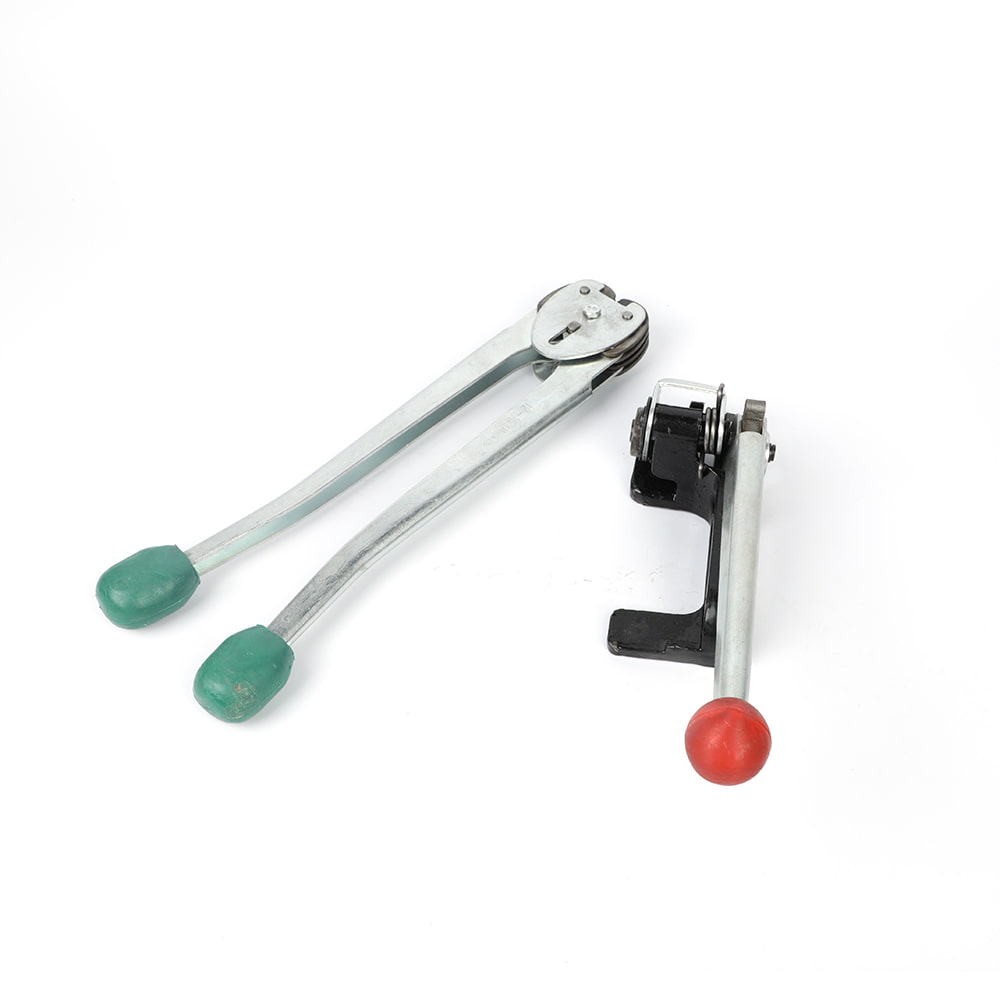What factors should be considered when selecting stretch film for a specific application?
Author:admin Date:2023-07-21
Selecting the right stretch film for a specific application is crucial to ensure the safe and secure transportation and storage of goods. Different applications require stretch films with varying characteristics to meet specific needs. When choosing stretch film, consider the following factors:
Load Size and Weight: The size and weight of the load being wrapped are essential considerations. Heavier and larger loads will require thicker and stronger stretch films to provide adequate load stability and protection during transit.
Load Stability Requirements: Consider the stability requirements of the load. Some goods may be more prone to shifting or have irregular shapes that require specialized stretch films with higher cling or holding force to keep the items in place.
Transportation Method: The mode of transportation (e.g., truck, ship, air) and the potential hazards during transit will influence the type of stretch film needed. Longer journeys, rough handling, or exposure to outdoor elements may necessitate more robust films.
Load Type: The nature of the goods being wrapped is essential. For example, sharp-edged items may require puncture-resistant stretch films to prevent damage during wrapping and handling.
Application Method: Consider the method of applying the stretch film. Manual application may require different film properties than machine application, as machine wrappers can typically handle higher stretch levels and apply the film more consistently.
Stretch Film Gauge: Stretch films come in various gauges (thicknesses), ranging from lightweight to heavy-duty. Thicker gauges provide higher puncture resistance and load stability but may be less economical. Choose an appropriate gauge based on the load and the level of protection required.
Film Type: Different types of stretch films are available, such as cast films and blown films. Cast films offer clarity and quiet unwinding, making them suitable for retail applications, while blown films have higher puncture resistance, making them ideal for heavy or sharp-edged loads.
Load Size and Weight: The size and weight of the load being wrapped are essential considerations. Heavier and larger loads will require thicker and stronger stretch films to provide adequate load stability and protection during transit.
Load Stability Requirements: Consider the stability requirements of the load. Some goods may be more prone to shifting or have irregular shapes that require specialized stretch films with higher cling or holding force to keep the items in place.
Transportation Method: The mode of transportation (e.g., truck, ship, air) and the potential hazards during transit will influence the type of stretch film needed. Longer journeys, rough handling, or exposure to outdoor elements may necessitate more robust films.
Load Type: The nature of the goods being wrapped is essential. For example, sharp-edged items may require puncture-resistant stretch films to prevent damage during wrapping and handling.
Application Method: Consider the method of applying the stretch film. Manual application may require different film properties than machine application, as machine wrappers can typically handle higher stretch levels and apply the film more consistently.
Stretch Film Gauge: Stretch films come in various gauges (thicknesses), ranging from lightweight to heavy-duty. Thicker gauges provide higher puncture resistance and load stability but may be less economical. Choose an appropriate gauge based on the load and the level of protection required.
Film Type: Different types of stretch films are available, such as cast films and blown films. Cast films offer clarity and quiet unwinding, making them suitable for retail applications, while blown films have higher puncture resistance, making them ideal for heavy or sharp-edged loads.

 EN
EN 
 English
English 中文简体
中文简体

